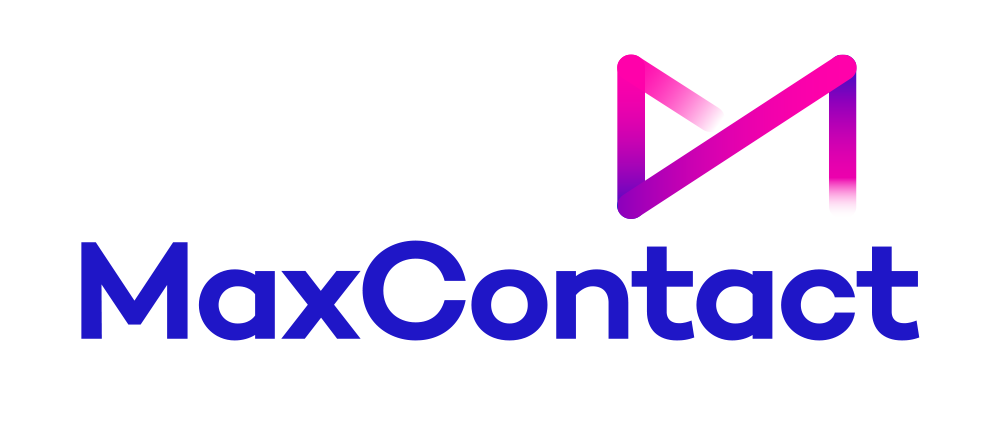What is Call Whisper? Benefits and Uses Explained
In a call centre, agents have to deal with a wide range of calls on many different topics. A handy feature designed to help with this is a call whisper.
A call whisper is like a little heads-up that helps agents know who’s calling, why they’re calling, or which campaign or department the call relates to.
The call whisper functionality can be integrated directly into your CRM applications to make your agents' lives that little bit easier.
In this article, we will be looking into how call whisper can improve customer service and agent performance.
This guide will explain everything you need to know about this application, including how it works and why it’s an important tool for your call handling team.
How Does Call Whisper Work?
When a call is routed into your business through a specific line or campaign number, the call whisper feature activates before the agent is connected.
For example, if you’re running ads across different channels with unique phone numbers, the whisper might say, “Call from Facebook Ads – Product X.”
This helps agents instantly understand the context and purpose of the call, improving their ability to respond appropriately.
Managers can use call whisper to discreetly speak to agents during a live call, without the customer knowing.
This makes it a valuable tool for monitoring performance, offering real-time support, and helping agents who may be struggling to meet customer satisfaction goals.
It’s especially useful for training new team members or guiding staff through challenging conversations as they happen.
Managers can also use listen-only mode to review calls and see how agents are progressing after coaching. And in more serious situations—like when a caller becomes aggressive—they can choose to use call barging and take over the call to protect the agent and resolve the issue quickly.
The Call Whisper Process
- Call Connects to Agent: A customer call comes through and is assigned to an available agent.
- Supervisor Monitors the Call: The supervisor selects the call via the call monitoring feature, choosing to listen in silently to assess the interaction.
- Whisper Mode is Activated: If the agent needs guidance, the supervisor activates call whisper mode. This allows them to speak directly to the agent without the caller hearing.
- Supervisor Offers Real-Time Coaching: The supervisor gives live advice, reminders, or reassurance to the agent, such as how to handle an objection or clarify a policy. The customer remains unaware of this assistance.
- Agent Adjusts and Responds Accordingly: With the supervisor’s guidance, the agent can handle the conversation more effectively.
- Call Continues or Escalates if Needed: If the situation escalates or cannot be resolved by whispering, the supervisor may switch to call barging, where they join the call and speak directly to the customer.
- Call Ends and Feedback is Given: After the call, the supervisor may provide further feedback or coaching to the agent.
Call Whisper and AI
A McKinsey & Company report states that integrating AI agents into contact centres has resulted in a 50% reduction in the cost per call, while also improving customer satisfaction scores.
Eventually, AI software and machine learning algorithms will help human agents by instantly retrieving relevant customer data and displaying it on the agent’s screen through call whisper-style prompts.
AI-powered systems can analyse data in real-time to detect customer sentiment, uncover issues, and provide agents with valuable context, all features of MaxContact’s contact centre speech analytics solution.
For instance, if a customer is becoming frustrated or upset, AI can trigger a call whisper to the agent, providing suggestions on how to de-escalate the situation or offering pre-approved responses.
This allows agents to respond more effectively without the need for constant managerial intervention.
Call Whisper Benefits
Call whisper offers more than just behind-the-scenes guidance; it delivers measurable value to both agents and businesses. Here are some of the main benefits of using call whisper in your contact centre:
1. Call Personalisation
Call Whispering goes beyond just alerting agents; it helps personalise conversations. If the agent knows why the customer is calling, they can deliver a more relevant and personalised experience.
2. Improved Agent Confidence
With a few seconds of preparation, agents can look up customer details or ready a specific script. This leads to smoother conversations and quicker resolutions.
3. Stronger Marketing Attribution
If you’ve ever wondered which campaign is driving calls, call whispering helps bridge that gap. By linking calls to campaigns, it gives your marketing team actionable attribution data.
4. Smarter Call Routing
For businesses offering multiple services, a whisper message helps agents identify which service or department the call relates to, no need to ask the caller for information they’ve already entered.
5. Increased Conversion Rates
Sales teams benefit from call whisper functionality. It prepares agents to deliver a more focused sales pitch, increasing the likelihood of a successful outcome.
6. Supports Compliance
In regulated industries, whisper messages can include reminders about mandatory scripts or disclosures, helping ensure consistent compliance.
Call Whisper and Call Centre Software
Call whisper becomes even more effective when integrated with call centre software. Most call centre systems offer call whispering features as part of a broader suite of tools, including call monitoring, call barging, and analytics.
This allows supervisors to listen in on live calls, whisper advice to agents without the caller hearing, and step in when necessary, all without disrupting the customer experience.
Call Monitoring
Call monitoring lets supervisors listen in on live or recorded calls without intervening. It’s a quality assurance tool that helps managers assess agent performance and identify training needs. Monitoring also provides insights into customer concerns and service delivery trends.
Call Barging
Call barging allows managers to join a live call and speak directly with both the agent and the customer when needed.
It’s typically used in high-stress situations or when escalation is necessary, such as dealing with an angry customer or correcting misinformation.
Barging helps protect the customer experience while supporting agent wellbeing.
Analytics
Call centre analytics track performance across a range of metrics, like call duration, resolution times, customer sentiment, and agent productivity.
These insights help businesses make data-driven decisions, optimise workflows, and continuously improve service quality.
When combined with features like call whispering, analytics make it easier to personalise coaching and measure progress over time.
Does Your Business Need Call Whisper?
Whether you're aiming to personalise customer experiences, increase sales conversions, or better support your team, integrating call whisper into your contact centre strategy can deliver tangible results.
When combined with AI, analytics, and other call management tools, it becomes an invaluable asset for any customer-focused organisation. Ready to experience the benefits of call whisper for yourself?
Request a demo with MaxContact Australia today and discover how smarter conversations start here.
.png)
From the blog







